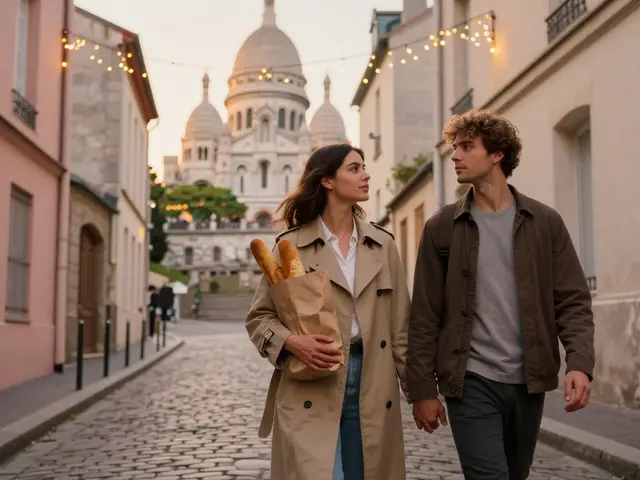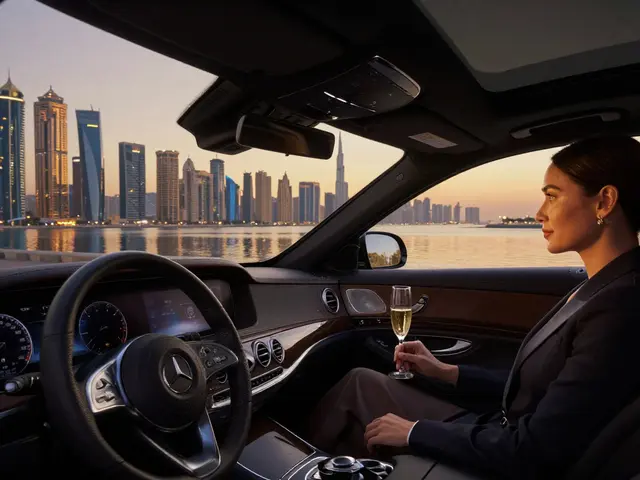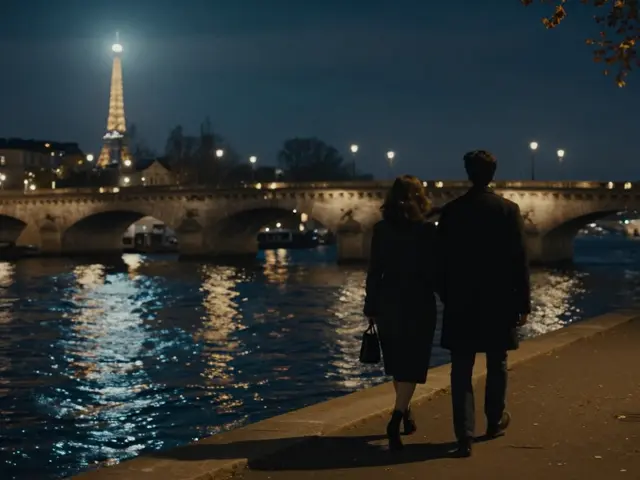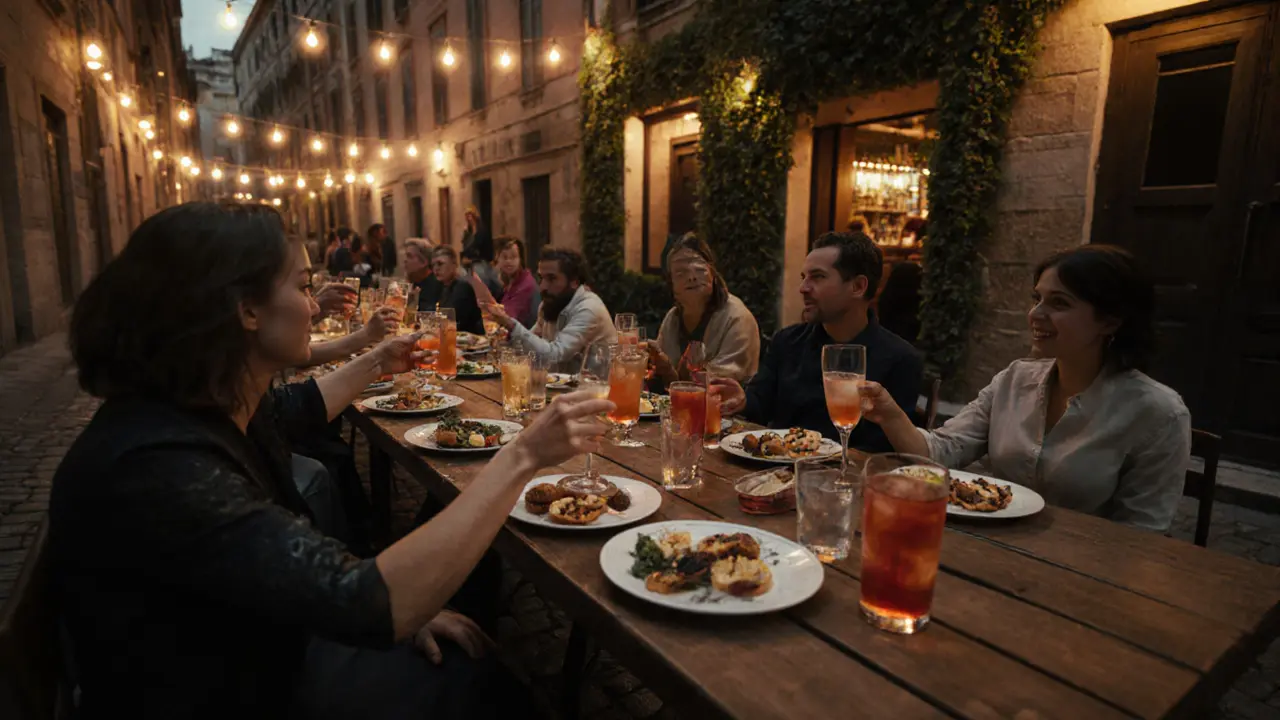
Milan doesn’t shut down when the sun goes down. While it’s famous for fashion shows and sleek design, the city’s real energy kicks in after 10 p.m. You won’t find neon-lit strip malls or tourist traps here. Instead, Milan’s nightlife is a mix of hidden courtyards, rooftop lounges, underground techno dens, and historic wine bars where locals still sip aperitivo like it’s a religion.
Where the Locals Go: The Aperitivo Ritual
Before the clubs even open, Milan’s night begins with aperitivo. Between 7 p.m. and 9 p.m., you’ll see crowds spilling out of bars in Brera, Navigli, and Porta Ticinese. This isn’t just happy hour-it’s a full meal. For €12 to €18, you get a drink-usually a Spritz, Negroni, or Aperol-and a buffet of hot and cold dishes: mini arancini, truffle crostini, stuffed olives, grilled vegetables, and even pasta dishes.
Bar Basso in the city center invented the Negroni Sbagliato in the 1970s. It’s still the best place to try it. In Navigli, Bar San Vittore serves aperitivo on a canal-side terrace with live jazz on weekends. Don’t rush this part. Aperitivo is the warm-up. The real party starts later.
Brera: Chic and Intimate
Brera is Milan’s artistic heart by day, and its most stylish nightlife zone by night. Think dim lighting, velvet booths, and crowds of designers, artists, and Milanese professionals in black turtlenecks. The vibe here isn’t loud-it’s cool.
At La Cucina del Gatto, you’ll find a tiny, candlelit bar tucked behind a bookshelf. No sign. Just a door. Inside, DJs spin vinyl from the 80s and 90s, and the crowd is mostly locals who’ve been coming for years. There’s no cover charge. You just buy a drink and settle in.
For something more modern, head to Perché No? It’s a rooftop bar with panoramic views of the Duomo. They serve craft cocktails made with local herbs and Italian gin. The music is deep house, not EDM. It’s the kind of place where you’ll hear someone say, “Let’s stay for one more,” and end up there until 3 a.m.
Navigli: Canals, Craft Beer, and Dancing on the Water
If you want to feel like you’re in a European movie, Navigli is your spot. The district is named after its canals, and by night, the water reflects the lights from dozens of bars and restaurants lining the banks.
Start at Beer & Burger for a local craft beer-try the Navigli Blonde, brewed just down the street. Then walk to La Cucina del Gatto (yes, it’s in two places) for a more casual vibe. But the real magic happens at La Baita, a converted warehouse where DJs play everything from disco to techno. The dance floor is packed by midnight, and the crowd is young, international, and totally unpretentious.
On weekends, you’ll see people dancing on the wooden docks near the canal. No one cares if you don’t know the steps. Everyone’s smiling. That’s Milanese nightlife: inclusive, fun, and never forced.
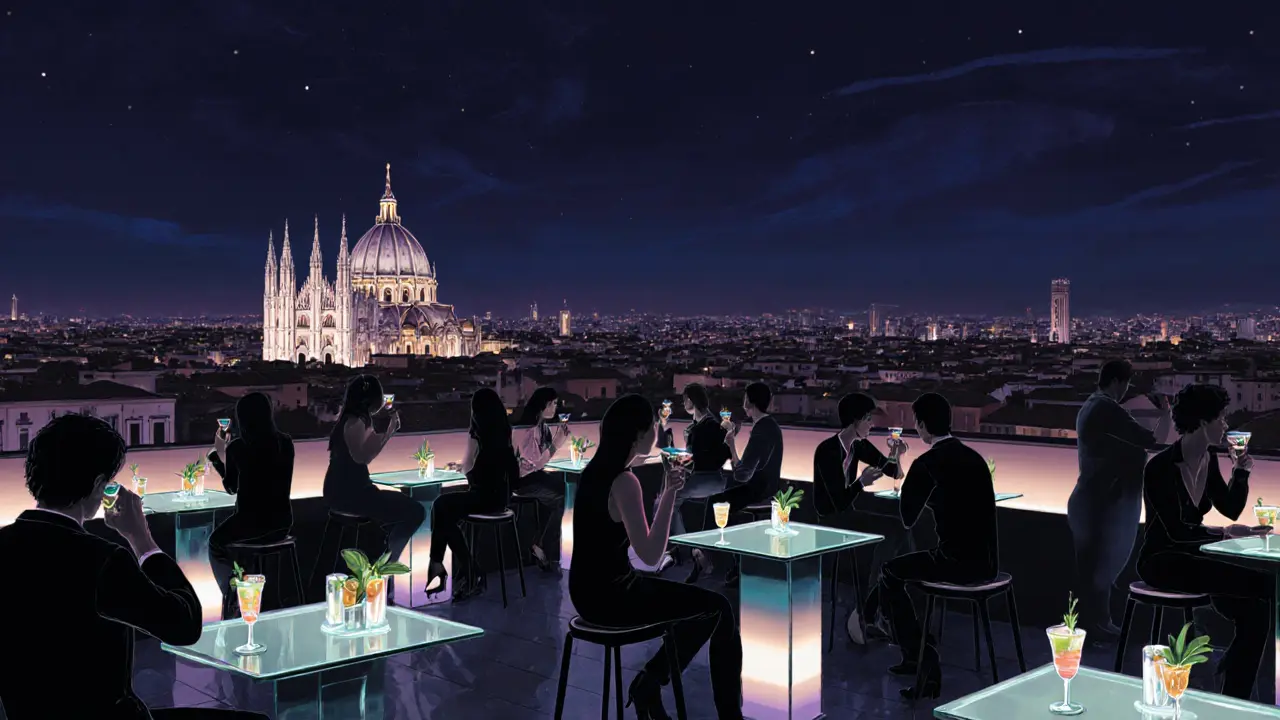
Porta Ticinese: The Underground Scene
Porta Ticinese is where Milan’s most daring nightlife lives. This is the district where abandoned factories became clubs, and where underground music scenes thrive. It’s not glamorous. It’s raw. And that’s why it’s unforgettable.
Ex-Macello is a former slaughterhouse turned into a multi-room club. One room plays industrial techno. Another has live experimental bands. The third is a chill lounge with dim lighting and jazz records. You’ll find students, DJs from Berlin, and older Milanese who still remember the 90s rave scene here.
At Teatro del Buratto, you’ll get a surprise. It’s not a club. It’s a theater that turns into a party after midnight. One night, it’s a burlesque show. The next, it’s a silent disco with LED headphones. You never know what you’ll walk into-but you’ll always leave with a story.
Clubs That Actually Stay Open
Milan doesn’t have the 5 a.m. club culture of Ibiza. But it does have a few spots that keep going past 4 a.m. Here are the ones worth staying for:
- Magazzini Generali - A former warehouse in the Porta Genova area. Known for cutting-edge electronic music. Book ahead if you want to get in after 1 a.m.
- La Bussola - A tiny, no-frills club under a railway bridge. Only open on Friday and Saturday. The sound system is legendary. Locals say it’s the best bass in the city.
- Stazione Birra - A beer hall that turns into a dance floor after 11 p.m. They serve over 50 Italian craft beers. The crowd is mixed: architects, students, and tourists who found it by accident.
Most clubs don’t charge a cover until after midnight. And if you’re dressed like you’re going to dinner-not a rave-you’ll fit right in. Milanese style is effortless. No logos. No sneakers with socks. Just clean lines, dark colors, and confidence.
What to Avoid
Not every bar in Milan is worth your time. Avoid these traps:
- Tourist bars near the Duomo - Overpriced drinks, loud music, and fake “Italian” cocktails. Stick to streets at least five minutes away from the cathedral.
- Clubs that advertise “VIP tables” - These are usually overpriced and filled with people trying to show off. Real Milanese don’t do VIP.
- Places that don’t let you in without a reservation - Unless it’s a famous venue like Magazzini Generali, if they require booking, they’re probably not authentic.
Also, don’t expect to find American-style clubs with bottle service and dancers. Milan doesn’t do that. The focus is on music, atmosphere, and connection-not status.
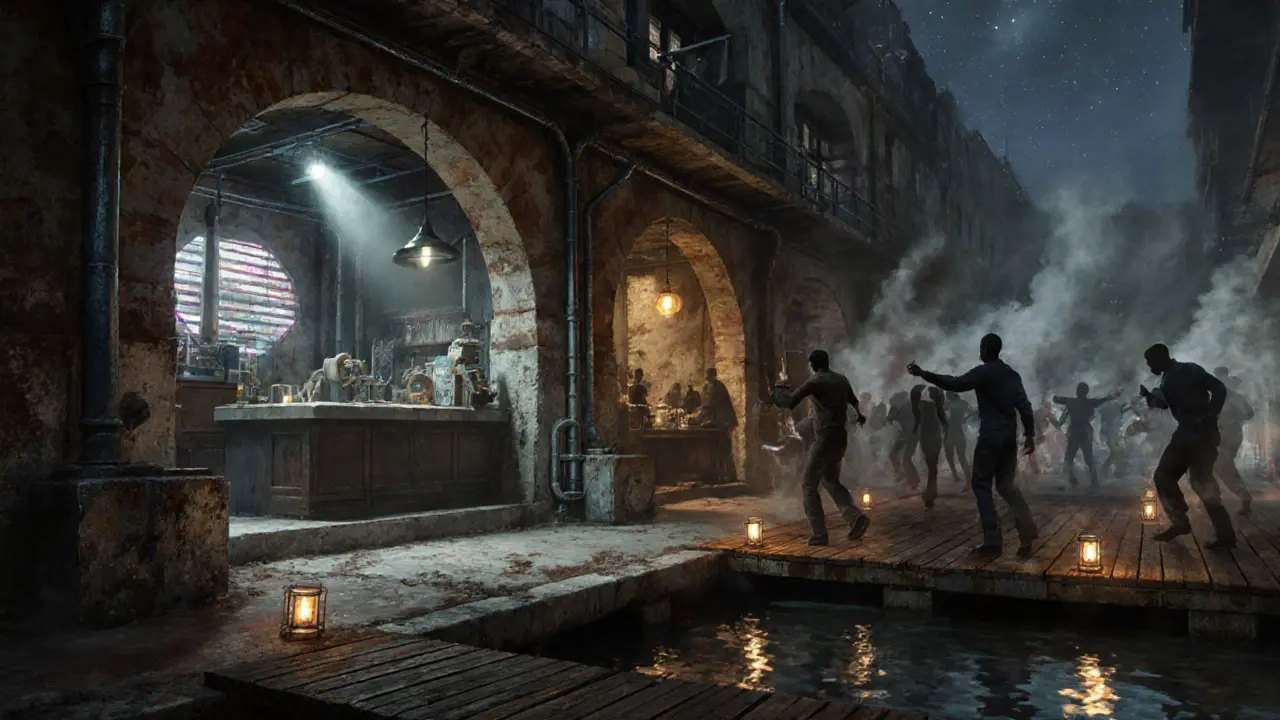
When to Go
Milan’s nightlife changes with the seasons. Summer (June-August) is the peak. The canals in Navigli are packed. Outdoor parties pop up. But it’s also the busiest-and most expensive.
Winter (November-February) is quieter, but more intimate. Many clubs still run, but the crowds are smaller. You’ll get better service, and you might even get invited to a private afterparty by someone you met at the bar.
Weekends are the only nights worth planning for. Thursday and Friday are good for bars. Saturday is for clubs. Sunday? Most places close by midnight. But if you’re lucky, you’ll find a jazz brunch at Bar Basso at 11 a.m. with a live pianist and espresso martinis.
Getting Around
Milan’s metro runs until 1:30 a.m. on weekdays and 2:30 a.m. on weekends. After that, you’ll need a taxi or ride-share. Uber is available, but local apps like Free Now or Beat are cheaper and more reliable.
Walking is the best way to explore. Most nightlife zones-Brera, Navigli, Porta Ticinese-are within a 20-minute walk of each other. Wear comfortable shoes. You’ll be on your feet for hours.
Final Tip: Be Present
Milan’s nightlife isn’t about checking off clubs. It’s about the moments: the way the light hits the canal at 2 a.m., the stranger who becomes a friend over a shared bottle of Prosecco, the DJ who drops a song you haven’t heard since high school.
Don’t rush. Don’t take photos for Instagram. Just be there. That’s what Milanese do. And that’s why their nightlife still feels alive-long after the tourists have gone home.
Is Milan nightlife safe at night?
Yes, Milan is generally safe at night, especially in popular nightlife areas like Brera, Navigli, and Porta Ticinese. Stick to well-lit streets, avoid isolated alleys after 2 a.m., and keep your belongings close. Pickpocketing is rare but possible in crowded bars. Most locals and tourists report feeling secure walking around after dark.
What’s the dress code for Milan clubs?
Milan has a minimalist, stylish dress code. Think dark jeans, tailored shirts, boots or clean sneakers, and no logos. Avoid sportswear, flip-flops, or baseball caps. You don’t need a suit, but you do need to look put-together. Bouncers at top clubs like Magazzini Generali will turn away people in athletic wear.
Do I need to make reservations for clubs in Milan?
For most small bars and underground clubs, no. But for popular venues like Magazzini Generali, La Bussola, or rooftop spots like Perché No?, booking ahead is smart-especially on weekends. Some places let you reserve a table online. Others just ask you to show up early. Don’t assume you’ll get in without a plan if it’s Saturday night.
Are there English-speaking staff in Milan clubs?
In tourist-heavy areas like Brera and Navigli, most bartenders and bouncers speak basic English. But in underground spots like Ex-Macello or La Bussola, you might find staff who only speak Italian. That’s part of the charm. Learn a few phrases like “Un’aperitivo, per favore” or “Quanto costa?”-it goes a long way.
What’s the best night to experience Milan nightlife?
Saturday is the peak night. Bars fill up early, clubs hit their stride by midnight, and the energy is electric. Friday is good for bars and lounges. Sunday is quiet-most places close by midnight, though a few jazz spots and late-night cafes stay open. If you want the full experience, plan for Saturday.


